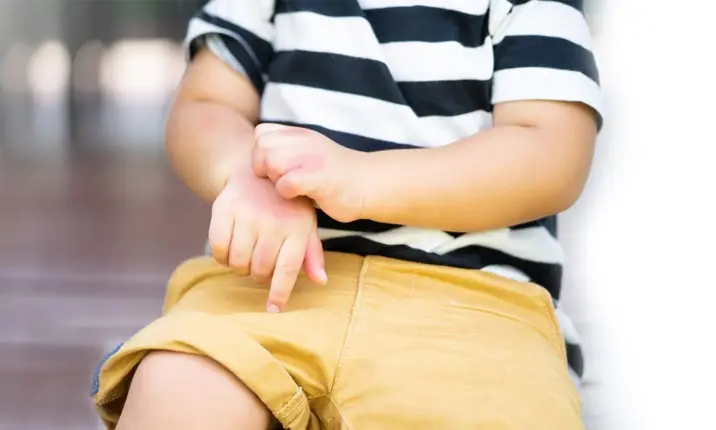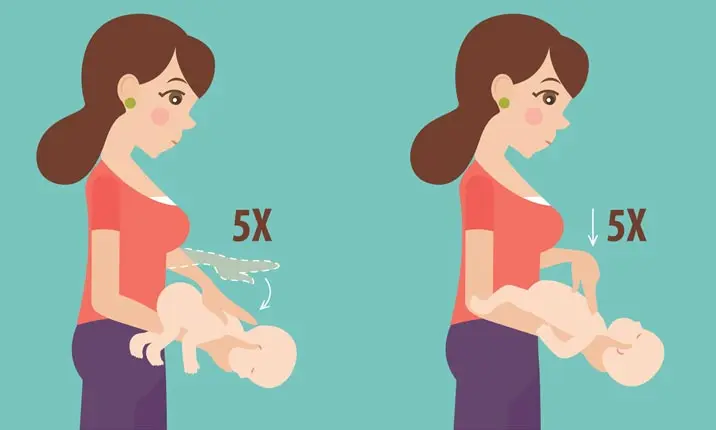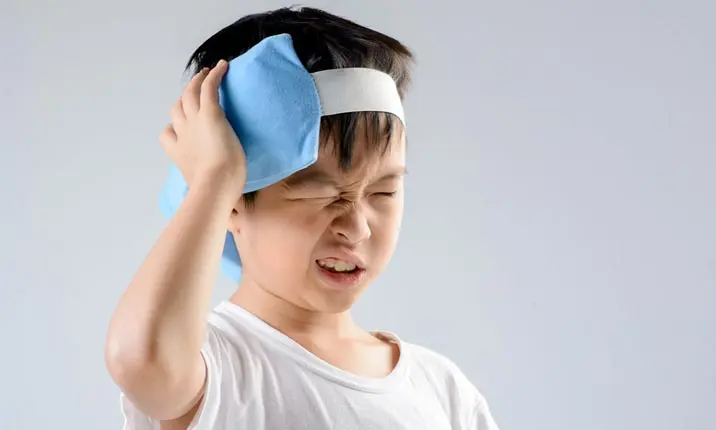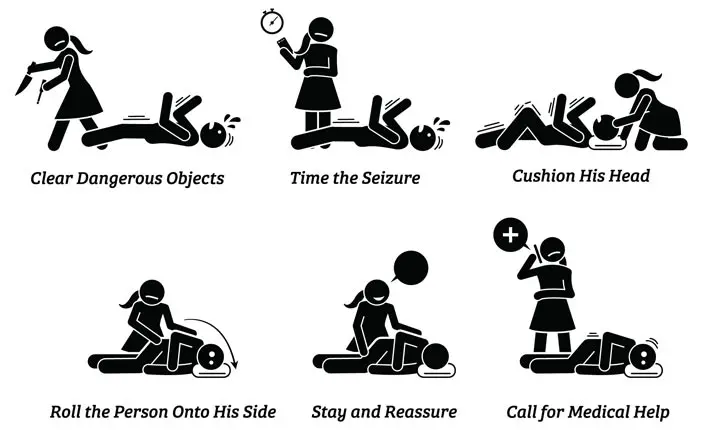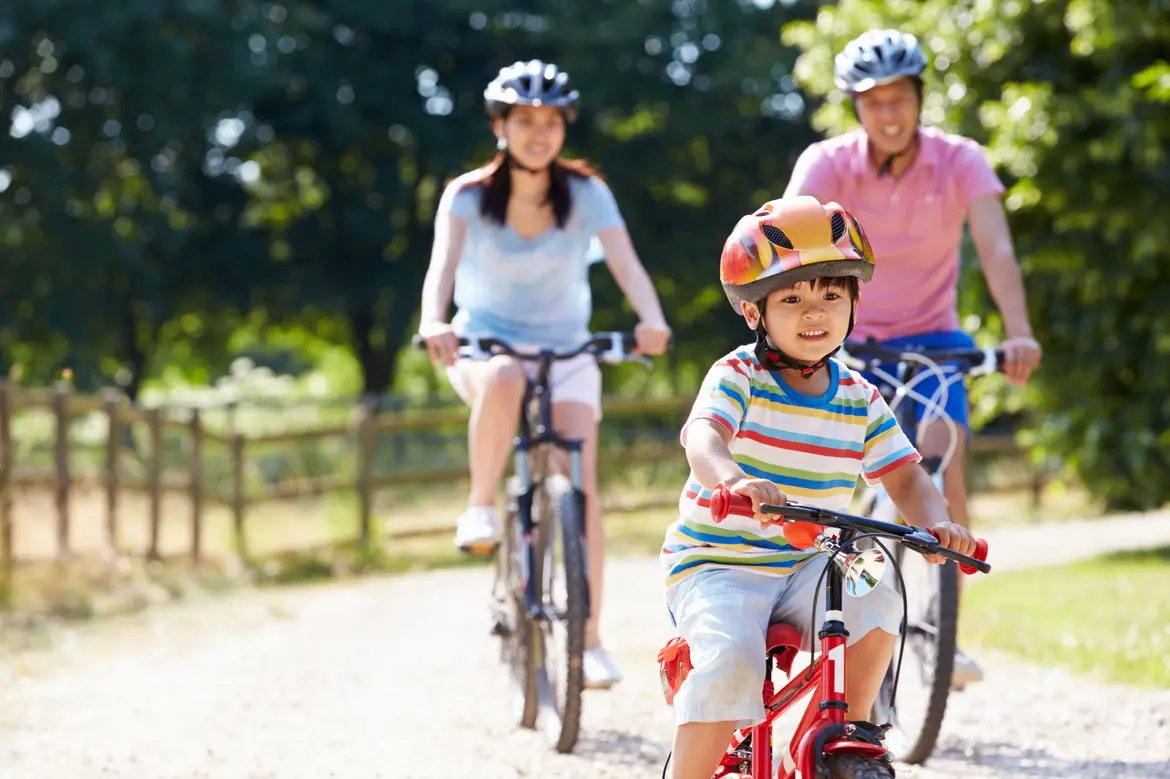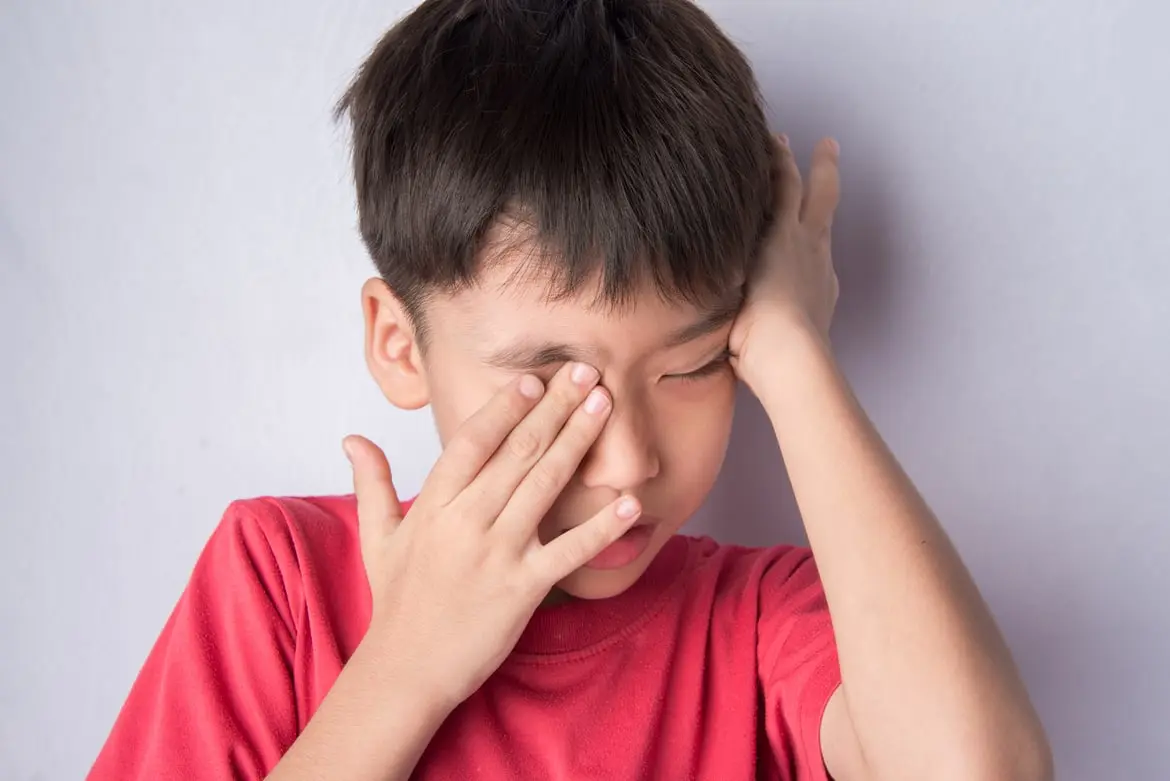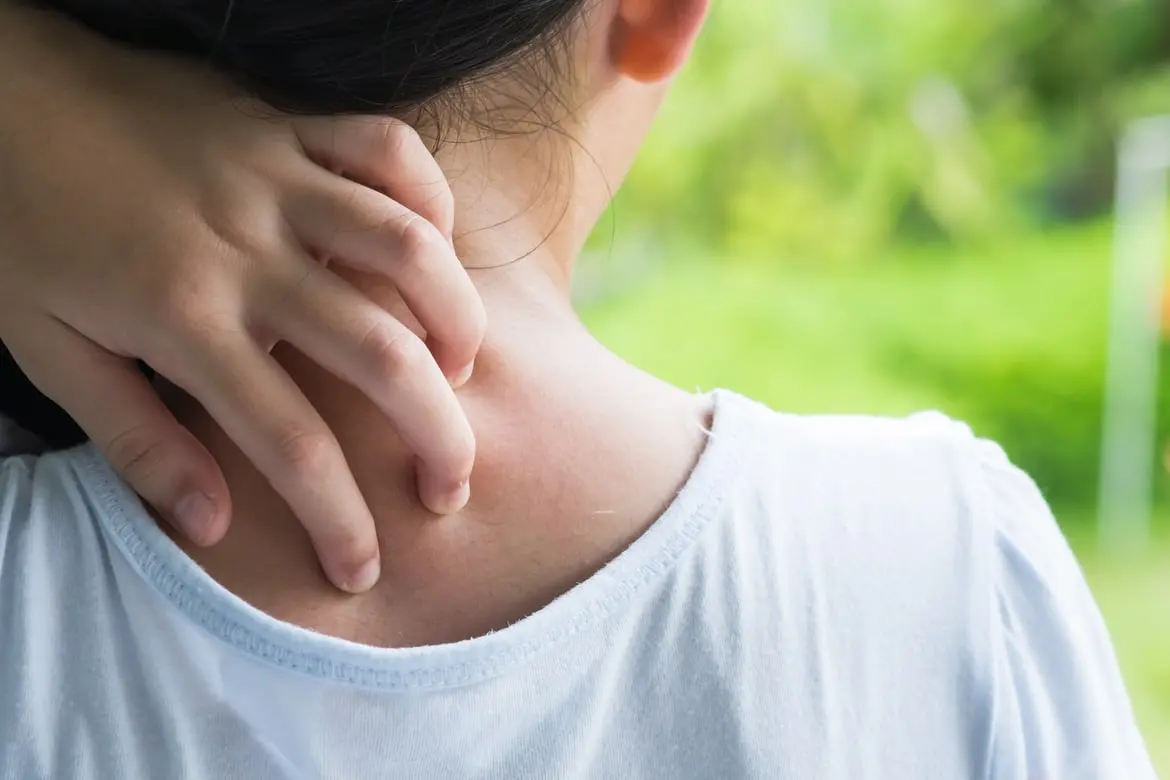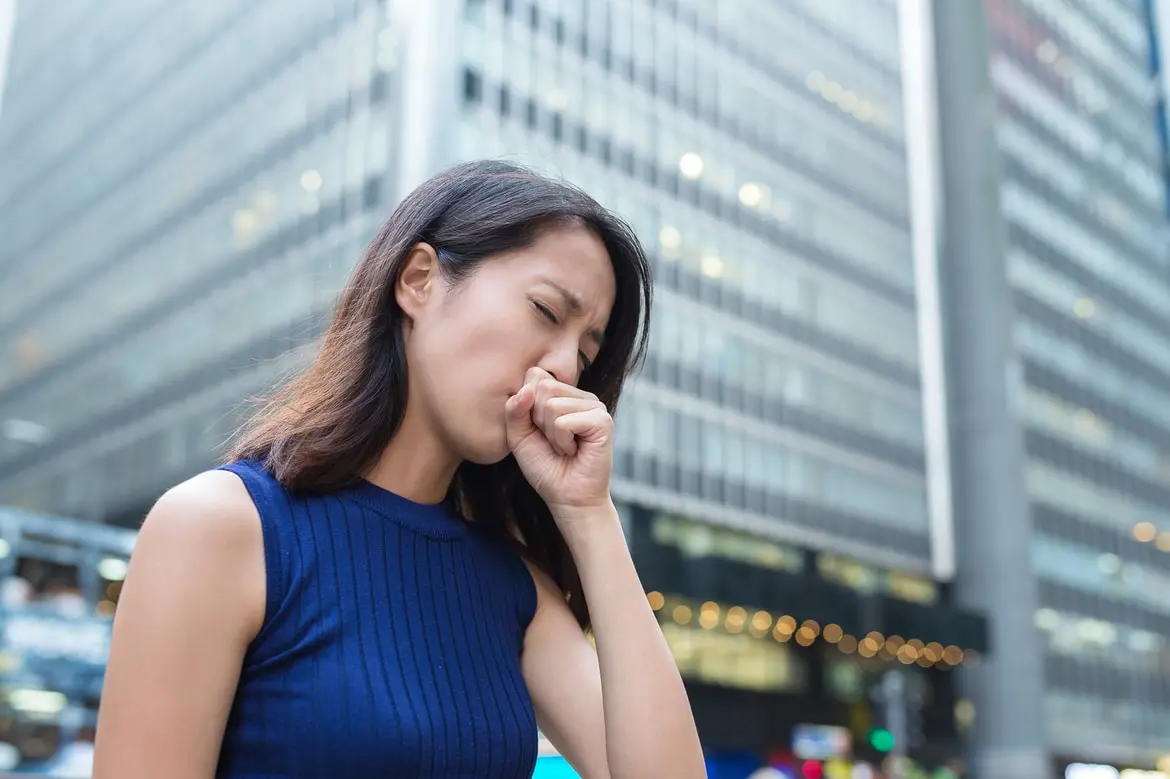-
-
Featured Care Areas

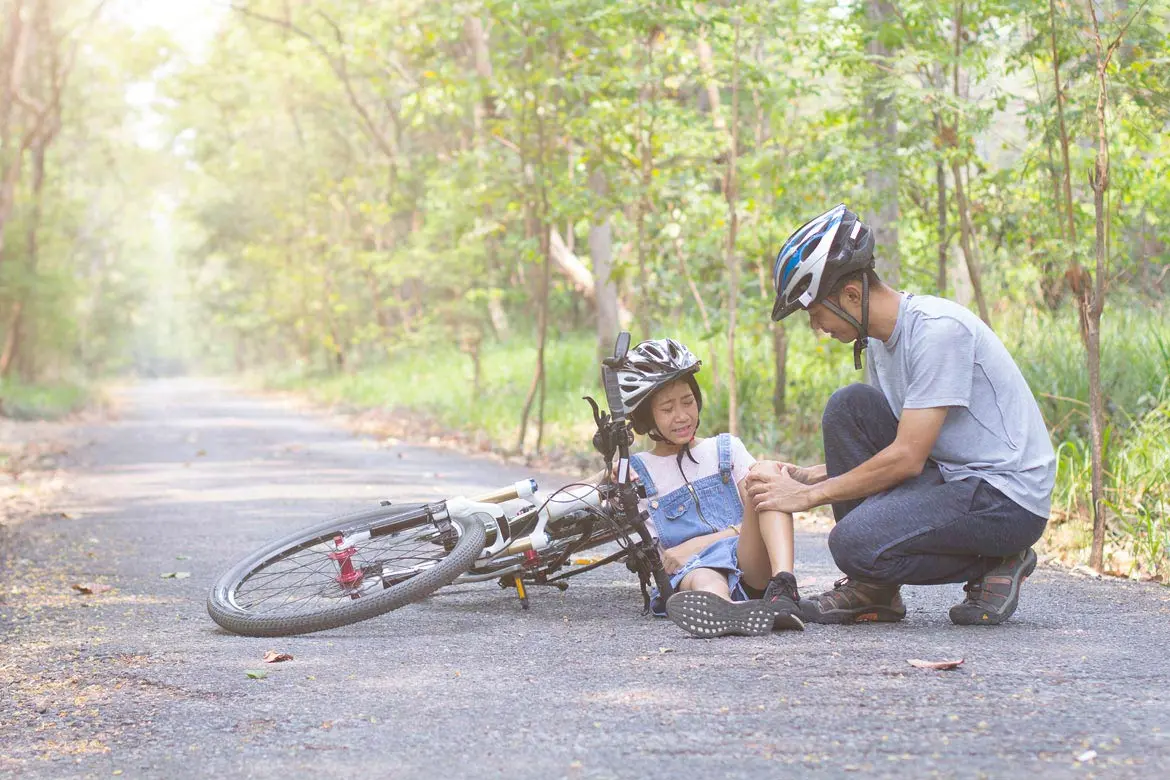
Source: Shutterstock
8 Essential First Aid Skills for Parents
Last updated: Thursday, May 23, 2019 | 5 min reading time
Dr Sangeetha Isaac, UCC resident physician at Gleneagles Hospital, advises parents on how to be ready when their child gets hurt.
Do you remember the times when you injured yourself as a child? Your parents seemed to know just what to do – they either calmly dressed the wound or brought you to the hospital immediately. With childhood injury accounting up to 37% of UCC visits, it's important for parents to know the basics of how to act in an emergency. Since 45% of injuries happen at home, immediate actions from you as parents can prevent future complications and even save your children's lives.
Here are 8 mishaps that children commonly encounter, and tips on what you can do to deal with them effectively.
1. Abrasions, cuts, and lacerations (including severe bleeding)
Clean the wound with running water. Stop the bleeding by elevating the affected limb above the level of the heart and apply sustained pressure. Thereafter, apply antiseptic cream or spray to the wound.
If the cut is large or deep, bring your child to the GP or UCC to get the wound sutured.
2. Allergic reactions
Recognise the signs of a severe allergic reaction such as difficulty breathing, swollen tongue and throat, itchy or swollen eyes, blotchy skin, feelings of panic, and signs of shock. Clear the area of the allergy trigger or remove your child from the area, before helping them to sit down comfortably, leaning forwards slightly to help their breathing.
If symptoms are severe, use the EpiPen as directed and call for emergency medical help.
3. Burns and scalds
For small, superficial scalds, immerse the affected part in cold water or place it under a running tap. Thereafter, clean it with antiseptic and cover it with a non-adhesive dry dressing. Do not apply ointments or other traditional remedies like powder, toothpaste or jelly to the wound as they could irritate the burn or scalds and lead to further infection.
For significant scalds, wrap the area with a clean sheet and blanket before bringing your child to the UCC.
4. Choking
Perform the Heimlich manoeuvre to prevent suffocation. To do so:
- Place a fist slightly above the navel and grasp your fist with the other hand.
- Thrust inward and upward into your child's abdomen with quick jerks, until they expel the object or become unresponsive.
- Seek medical attention.
However, do note that the Heimlich manoeuvre is not recommended for children under the age of 1. For choking infants, you'll need to:
- Support them facing down by holding the head in one hand with the torso on your forearm against your thigh.
- Give up to 5 back slaps between the shoulder blades with the heel of your other hand.
- If the object is not expelled, roll the infant facing up while supporting the back of their head with your hand, place 2 fingers above the breastbone below the nipple line.
- Give 5 chest thrusts about 1 per second, with each about 1.5 inches deep.
- Continue cycles of 5 back slaps and 5 chest thrusts until the object is expelled or the infant becomes unresponsive.
- Seek medical attention.
5. Fractures
Apply cold compress wrapped in cloth to the affected area to relieve the swelling and pain. Stabilise the injury and keep the injured limb in the position you found it, as you bring your child to the UCC.
6. Head injuries
Apply a cold compress to the area to reduce swelling. Keep watching your child's condition. If they are breathing abnormally, vomiting, bleeding from ears and nose, seems drowsy or lose consciousness, bring them to the UCC immediately.
7. Accidental poisoning
Seek medical attention immediately. If your child becomes unconscious, call for an ambulance and place them on their abdomen so that when they vomit, they do not inhale the vomitus and aspirate from it. Do not attempt to give any home remedy or antidote, or try to gag them with your fingers.
You might want to bring the poison in its container to the UCC or clinic too, as the doctor might find it helpful to refer to the actual constituents of the chemical ingested.
8. Febrile seizures
Remove any objects such as toys or blankets around your child that could hurt them when they have a seizure. Cool your child's body temperature gradually. Instead of using wet blankets that could shock them, consider turning on any fans or air conditioning, or opening any windows.
Once the seizure is over, you should help the child to rest on their side, with their head tilted back.
Preventing childhood injury
Most childhood injuries are preventable, and 'prevention is better than cure'. Here are some measures that you can take to minimise your children's risk of getting injured:
- Ensure dangerous objects are out of your child's reach.
- Add safety and child-proof measures such as gates for the kitchen entrance, window grills, door slam protectors, and corner guards on sharp corners.
- Keep your children under close supervision, especially when they're playing outside, to prevent injuries.
- Provide young children with age-appropriate games to minimise the possibility of injuries.
While following these tips can help prevent nasty injuries, parents need to understand that accidents do happen. However, by taking the right steps, many childhood injuries can first be stabilised at home before bringing your child to the GP. It is advised to be prepared with simple first aid knowledge so you can be the first point of medical contact for your child should an unfortunate accident happen.
During a medical emergency in Singapore, you can also call +65 6473 2222 for an ambulance that will transport you to the nearest hospital or a hospital of your choice. Learn more about Parkway Emergency services.
Carpani, J. (2017, September 8). Baby First Aid: the five techniques that every parent should know. Retrieved April 2, 2019 from https://www.telegraph.co.uk/health-fitness/body/baby-first-aid-five-techniques-every-parent-should-know/
Chandra, A. (n.d.). Childhood Injuries: Most Falls, Burns Occur at Home. Retrieved April 2, 2019 from https://www.healthxchange.sg/children/child-2-12-years/childhood-injuries-falls-burns-home
Clarkin, C. (2018, May). What You Need to Know in an Emergency. Retrieved April 2, 2019 from https://kidshealth.org/en/parents/healthin.html
Cronan, K. (2018, April). First Aid: Allergic Reactions. Retrieved April 2, 2019 from https://kidshealth.org/en/parents/allergic-reaction-sheet.html
HealthHub. (2019, February 1). Common Childhood Injuries and Childhood Injury Prevention. Retrieved April 2, 2019 from https://www.healthhub.sg/a-z/diseases-and-conditions/694/common-childhood-injuries-a-child-safe-home
Kaliyaperumal, K. (n.d.). Understanding Broken Bones in Children. Retrieved April 2, 2019 from https://www.mountelizabeth.com.sg/health-plus/article/understanding-broken-bones-children
National Safety Council. (n.d.). Choking Prevention and Rescue Tips. Retrieved April 2, 2019 from https://www.nsc.org/home-safety/safety-topics/choking-suffocation
Oey, K. (n.d.). Doctors save 8-year-old with 5-hour long CPR session, renewing our faith in humanity. Retrieved April 2, 2019 from https://sg.theasianparent.com/10-basic-first-aid-tips
Ong, AC., Low, SG., & Vasanwala, FF. (2016, July 16). Childhood Injuries in Singapore: Can Local Physicians and the Healthcare System Do More to Confront This Public Health Concern?. Retrieved April 2, 2019 from https://www.ncbi.nlm.nih.gov/pubmed/27438844
SingHealth. (2018, October 15). Injuries (Child). Retrieved April 2, 2019 from https://www.singhealth.com.sg/patient-care/conditions-treatments/injuries-childhood-illnesses
The School Run. (n.d.). Essential first aid skills for your primary school child. Retrieved April 2, 2019 from https://www.theschoolrun.com/first-aid-skills-for-children
Udemy. (2019, March). First aid for the responsible parent - Illness, CPR and more. Retrieved April 2, 2019 from https://www.udemy.com/first-aid-4-childrens/
Chandra, A. (n.d.). Childhood Injuries: Most Falls, Burns Occur at Home. Retrieved April 2, 2019 from https://www.healthxchange.sg/children/child-2-12-years/childhood-injuries-falls-burns-home
Clarkin, C. (2018, May). What You Need to Know in an Emergency. Retrieved April 2, 2019 from https://kidshealth.org/en/parents/healthin.html
Cronan, K. (2018, April). First Aid: Allergic Reactions. Retrieved April 2, 2019 from https://kidshealth.org/en/parents/allergic-reaction-sheet.html
HealthHub. (2019, February 1). Common Childhood Injuries and Childhood Injury Prevention. Retrieved April 2, 2019 from https://www.healthhub.sg/a-z/diseases-and-conditions/694/common-childhood-injuries-a-child-safe-home
Kaliyaperumal, K. (n.d.). Understanding Broken Bones in Children. Retrieved April 2, 2019 from https://www.mountelizabeth.com.sg/health-plus/article/understanding-broken-bones-children
National Safety Council. (n.d.). Choking Prevention and Rescue Tips. Retrieved April 2, 2019 from https://www.nsc.org/home-safety/safety-topics/choking-suffocation
Oey, K. (n.d.). Doctors save 8-year-old with 5-hour long CPR session, renewing our faith in humanity. Retrieved April 2, 2019 from https://sg.theasianparent.com/10-basic-first-aid-tips
Ong, AC., Low, SG., & Vasanwala, FF. (2016, July 16). Childhood Injuries in Singapore: Can Local Physicians and the Healthcare System Do More to Confront This Public Health Concern?. Retrieved April 2, 2019 from https://www.ncbi.nlm.nih.gov/pubmed/27438844
SingHealth. (2018, October 15). Injuries (Child). Retrieved April 2, 2019 from https://www.singhealth.com.sg/patient-care/conditions-treatments/injuries-childhood-illnesses
The School Run. (n.d.). Essential first aid skills for your primary school child. Retrieved April 2, 2019 from https://www.theschoolrun.com/first-aid-skills-for-children
Udemy. (2019, March). First aid for the responsible parent - Illness, CPR and more. Retrieved April 2, 2019 from https://www.udemy.com/first-aid-4-childrens/
